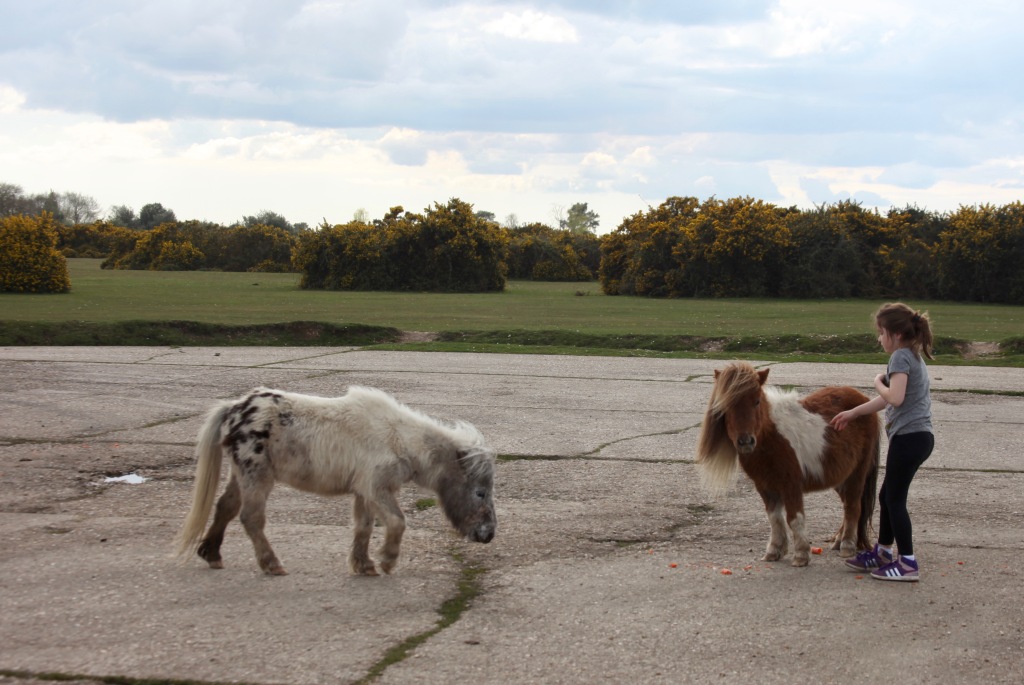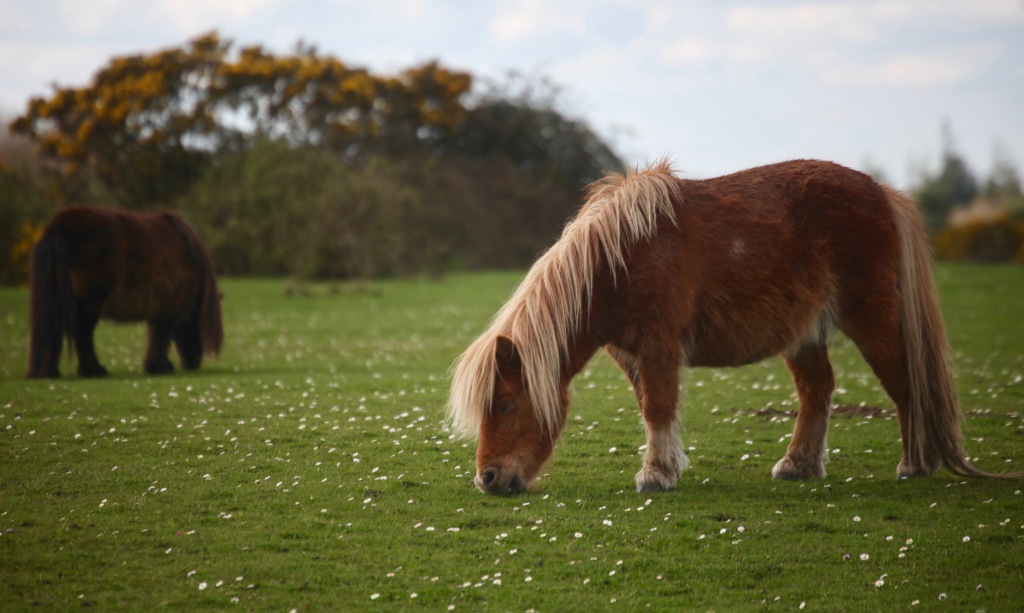CLICK ON IMAGES TO ENLARGE. REPEAT IF REQUIRED.
My post AAARGH recounts the tale of three disastrous weeks as a tenant in Hyde Park Square, part of the prestigious Hyde Park Estate. According to Wikipedia ‘it is an affluent area, characterised by a layout of squares and crescents, and is home to several embassies, prestigious businesses and celebrities’ of which I was not destined to become a member. It ‘was developed in the nineteenth century on land owned by the Bishop of London and was originally known as the Paddington Estate. Ownership then passed to the Church Commissioners who remain the primary freeholders of the estate.
‘These Streets of London colour slides made in November 2004 portray the neighbourhood in which I had hoped to settle. I scanned them today.
Norfolk Square W2 lies between Praed Street and Sussex Gardens. Hertha Ayrton, Physicist lived there at the turn of the twentieth century. There would have been no plastic bags hanging from trees in her day.
Sussex Place lies at the end of Bathurst Mews running alongside Sussex Gardens.
Two bedroomed houses here are priced at one and three quarter million pounds sterling. There are, of course no gardens. The only Mews still operating as a working stables, this street is unique due to its continuing equine usage in the form of Hyde Park Stables at number 63.
Lady Violet Bonham-Carter, Politician & Writer; and the engineer, Robert Stephenson, were both past residents of Gloucester Square, on a bench in which this small family took their rest after wandering up


Hyde Park Garden Mews through the entrance arch of which a horse and rider had apparently previously passed. It seems as if the person responsible for the signage was short of an S as displayed in this second picture. This street was home to Quentin Wilson, Top Gear motoring journalist.
Strathearn Place joins one end of Hyde Park Square. The Victoria was my local pub for the very brief period mentioned above. I think I enjoyed a Thai meal there one Sunday lunchtime.
In March 2015 The Daily Mail reported that ‘a conwoman has admitted trying to sell a mews house in an exclusive area of London for £1 million – right under its real owner’s nose. Monika Brzezinska, 28, used false identity documents to pretend to be the lawful owner of a home in Clarendon Mews, in Bayswater, west London, in November last year.’ The address was in Clarendon Mews.
It was Sir Giles Gilbert Scott, whose plaque, appears on this house on the corner of Clarendon Close, who designed the dying iconic red telephone box that has often featured in my posts.
Wikipedia tells us that ‘Marble Arch is a 19th-century white marble faced triumphal arch and London landmark. The structure was designed by John Nash in 1827 to be the state entrance to the cour d’honneur of Buckingham Palace; it stood near the site of what is today the three-bayed, central projection of the palace containing the well known balcony.[1] In 1851 it was relocated and following the widening of Park Lane in the early 1960s is now sited, incongruently isolated, on a large traffic island at the junction of Oxford Street, Park Lane and Edgware Road.’ Here it is alongside Cumberland Gate W1, on the corner of Hyde Park.
Off Park Lane lies Culross Street,
almost opposite Brook Gate, location of




“The Animals in War Memorial, located outside Hyde Park near Brook Gate, commemorates animals that died in wars and conflicts. The creatures ranged from mules which were silenced in the Burmese jungle in World War 2 by having their vocal cords cut to glow worms, used by soldiers as a source of light to read maps in World War 1.
The memorial was unveiled by the Princess Royal in November 2004, on the 90th anniversary of the start of World War 1. It was inspired by Animals in War, a book by Jilly Cooper. A national appeal raised the £2 million cost of the memorial.
The memorial was designed by David Backhouse and consists of a 58ft curved Portland stone wall displaying carvings of animals. Two heavily-laden bronze mules struggle through a gap in the wall and ahead of them a horse and dog head off into the distance.
A wall depicts silhouettes of carved animals, along with an inscription detailing the numbers of animals lost. Beneath the main heading “Animals in War”, the memorial has two inscriptions:
“This monument is dedicated to all the animals that served and died alongside British and Allied forces in wars and campaigns throughout time.”
The second, smaller inscription simply reads: “They had no choice.”
The Animals in War Memorial is not managed by The Royal Parks. For more information about the Animals in War Memorial visit the Animals in War Memorial Fund.” (https://www.royalparks.org.uk/parks/hyde-park/things-to-see-and-do/memorials,-fountains-and-statues/animals-in-war-memorial) The images above are from this website.

































